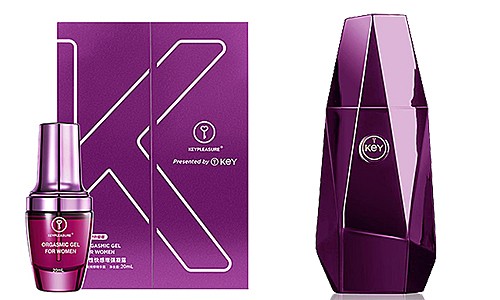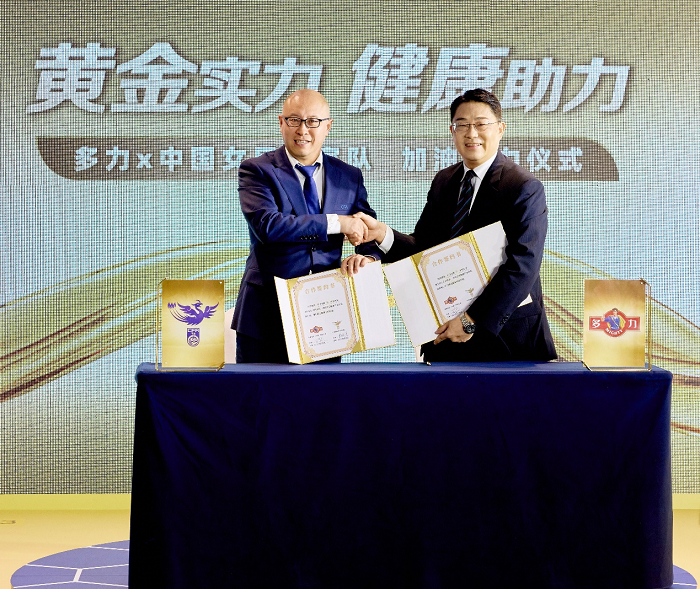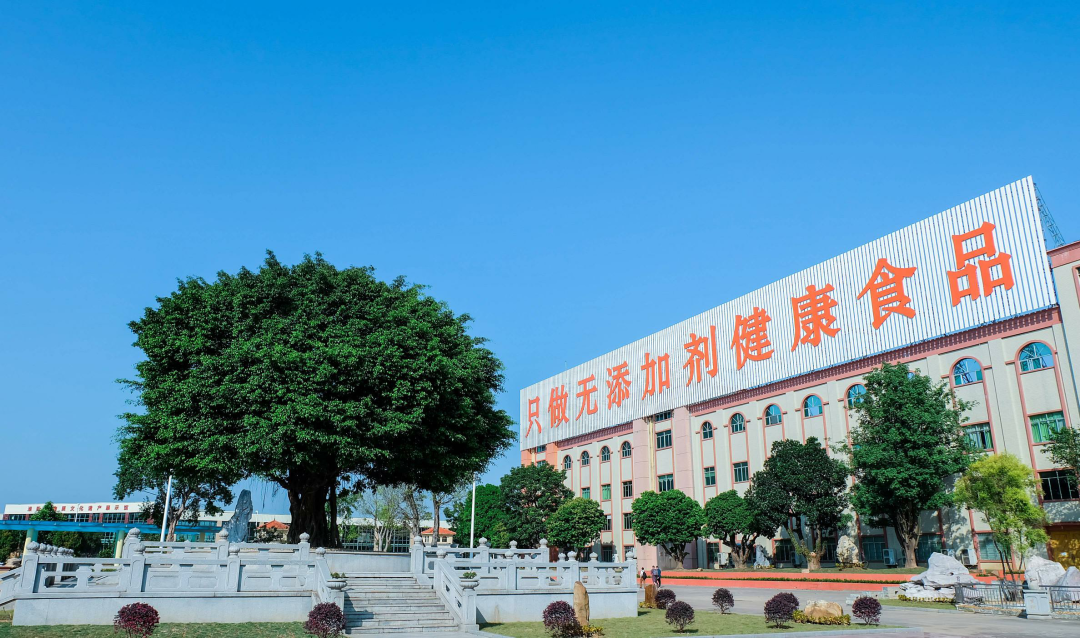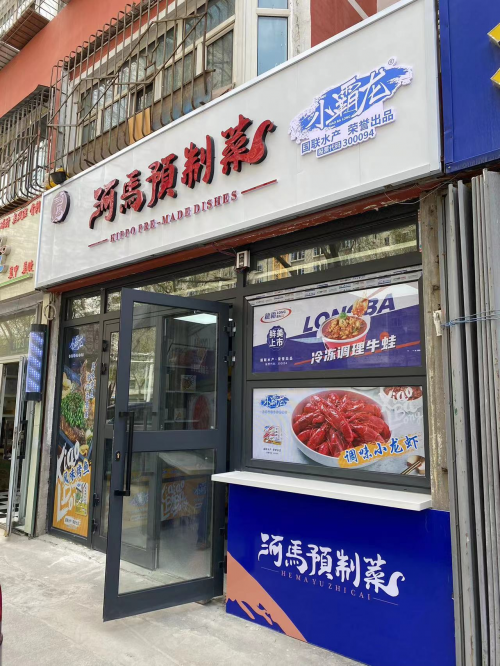 (资料图片)
(资料图片)
据了解,这种食品酶是由非转基因塔宾曲霉菌株NZYM-PE生产的,旨在用于果汁生产的水果和蔬菜加工、果汁以外产品的水果和蔬菜加工、精制橄榄油生产以及葡萄酒和葡萄酒醋生产。
经过评估,专家小组认为,在预期的使用条件下,不能排除通过饮食接触引起过敏反应的风险,特别是对木瓜过敏的人,但这种风险不会超过食用木瓜的风险。此外,不能排除花粉过敏个体的口腔过敏反应。根据所提供的数据,小组得出结论,该食品酶在预期的使用条件下不会引起安全问题。部分原文报道如下:
The food enzyme with the declared activities endo-polygalacturonase ((1–4)-α-D-galacturonan glycanohydrolase; EC 3.2.1.15) and pectin lyase ((1–4)-6-O-methyl-α-D-galacturonan lyase; EC 4.2.2.10) is produced with the non-genetically modified Aspergillus tubingensis strain NZYM-PE by Novozymes A/S. It is intended to be used in four food manufacturing processes: fruit and vegetable processing for juice production, fruit and vegetable processing for products other than juices, refined olive oil production and wine and wine vinegar production. Since residual amounts of total organic solids (TOS) are removed during production, dietary exposure was not calculated for refined olive oil production. For the remaining three food processes, it was estimated to be up to 0.132 mg TOS/kg body weight (bw) per day in European populations. Genotoxicity tests did not indicate a safety concern. The systemic toxicity was assessed by means of a repeated dose 90-day oral toxicity study in rats. The Panel identified a no observed adverse effect level (NOAEL) of 1,430 mg TOS/kg bw per day, the highest dose tested, which when compared with the estimated dietary exposure, resulted in a margin of exposure above 10,833. A search for the similarity of the amino acid sequence of the food enzyme to known allergens was made and 13 matches were found, including one food allergen (papaya). The Panel considered that, under the intended conditions of use, the risk of allergic reactions upon dietary exposure to this food enzyme cannot be excluded, in particular for individuals sensitised to papaya, but that the risk will not exceed that of consumption of papaya. In addition, oral allergy reactions cannot be excluded in pollen-sensitised individuals. based on the data provided, the Panel concluded that this food enzyme does not give rise to safety concerns, under the intended conditions of use.




























































































